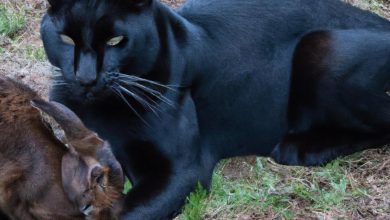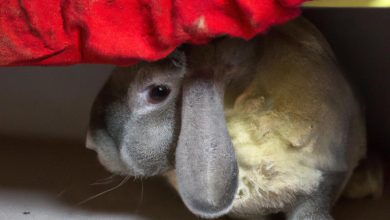Uncovering the Mystery of the Tropical Rabbit Look Alike
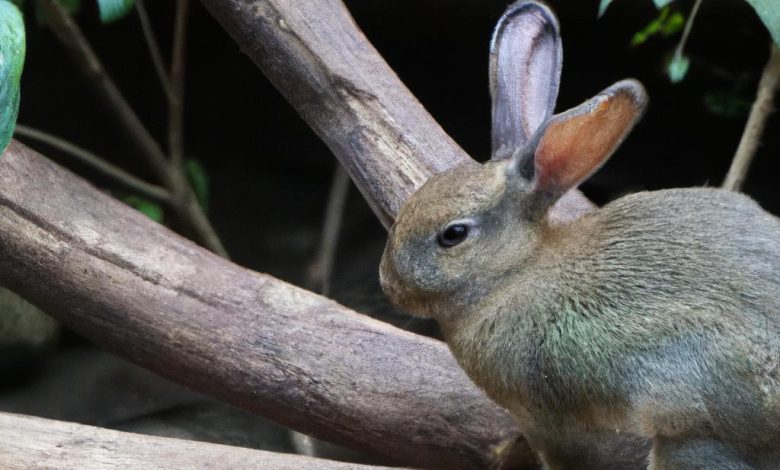
Have you ever heard of the tropical rabbit look alike? You might be surprised to learn that rabbits aren’t the only creatures with long ears and a fluffy tail. In fact, there are several species that look remarkably similar to rabbits, but are actually quite different. These animals, known as tropical rabbit look alikes, are fascinating creatures that deserve our attention and admiration. Rabbitfact
So, what exactly is a tropical rabbit look alike? Simply put, it’s any animal that resembles a rabbit, but isn’t actually a rabbit. This can include rodents, hares, and even some marsupials. While they may share some physical characteristics with rabbits, these animals have their own unique features and behaviors that make them distinct.
But why is it important to know about these creatures? For starters, learning about different types of animals can broaden our understanding of the natural world. It can also help us appreciate the diversity of life on our planet. And who knows, you might even discover a new favorite animal along the way. So, let’s dive in and explore the world of tropical rabbit look alikes!
Characteristics of Tropical Rabbit Look Alikes
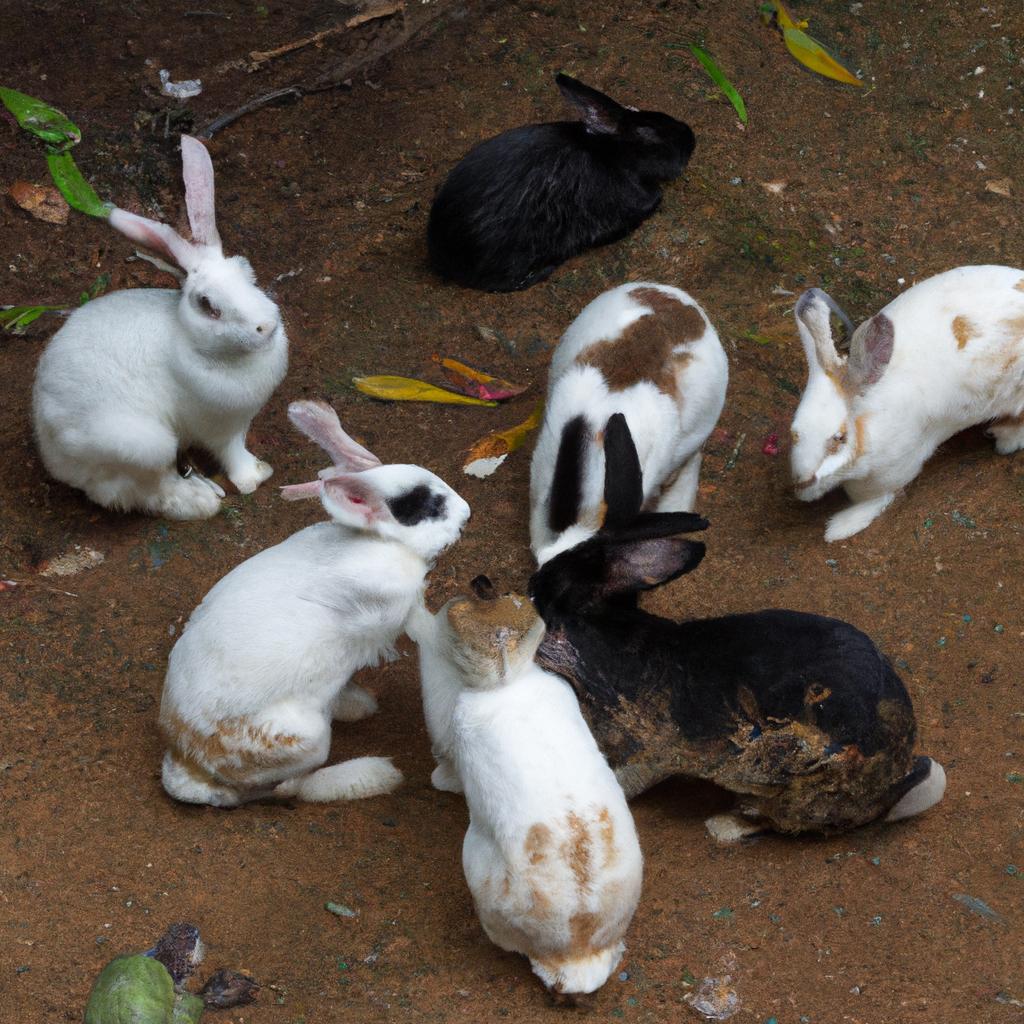
Tropical rabbit look alikes may share some similarities with rabbits, but they also have distinct physical characteristics, habitats, and behaviors that make them unique. Here are some of the main characteristics of these fascinating creatures:
Physical Appearance
Tropical rabbit look alikes can vary greatly in size and appearance. Some may be small and compact, while others are larger and more slender. However, they all share some common physical traits such as long ears, a fluffy tail, and powerful hind legs for running and jumping.
One notable difference between rabbits and tropical rabbit look alikes is their teeth. While rabbits have continuously growing teeth, some tropical rabbit look alikes have teeth that stop growing after a certain age.
Habitat
Tropical rabbit look alikes can be found in a variety of habitats, from dense forests to open grasslands. Some species are adapted to living in trees, while others prefer life on the ground. Many tropical rabbit look alikes are found in tropical regions of the world, where the climate is warm and humid.
Behaviors
Like rabbits, many tropical rabbit look alikes are active during the day and spend much of their time foraging for food. They may also use their powerful hind legs to escape predators, or to leap from place to place. Some species are known for their impressive agility and speed, while others are more timid and shy.
Overall, the physical appearance, habitat, and behaviors of tropical rabbit look alikes make them fascinating creatures to study and appreciate. By learning more about these animals, we can gain a deeper understanding of the natural world and the diversity of life that exists within it.
Types of Tropical Rabbit Look Alikes
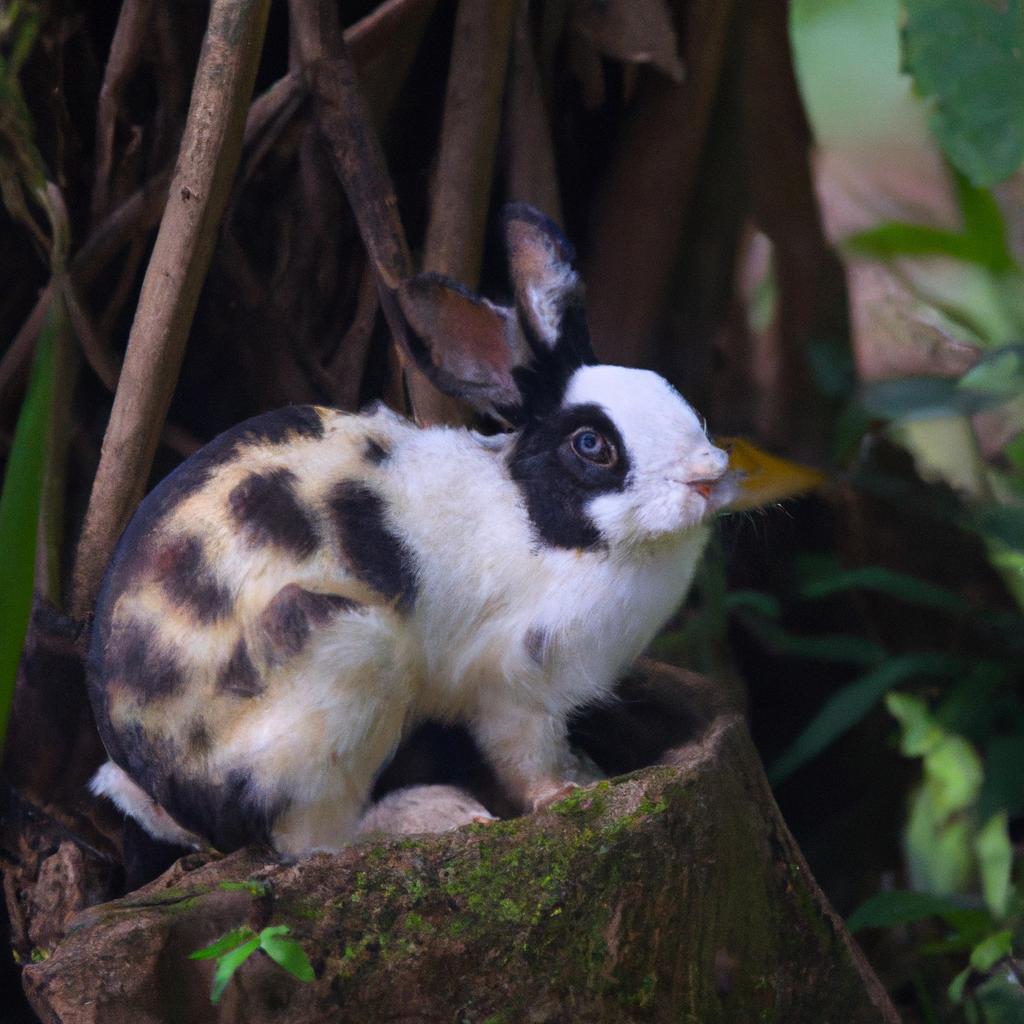
Have you ever seen an animal that looks like a rabbit but isn’t quite one? These creatures are known as tropical rabbit look alikes, and there are several types to explore. Let’s take a closer look at some of the most interesting ones.
Naming Conventions
Naming conventions for tropical rabbit look alikes can be quite confusing, as they vary depending on the animal’s location and classification. For example, some animals that are commonly referred to as rabbits in certain regions might be classified as hares or pikas elsewhere. It’s important to understand the differences between these animals to avoid confusion and misidentification.
Classification Based on Geographical Location
Tropical rabbit look alikes can be found all over the world, from the deserts of Australia to the rainforests of South America. Depending on where they live, these animals have adapted to their unique environments in different ways. Some have developed specialized diets or behaviors, while others have evolved unique physical features to help them survive.
Unique Features
One of the most fascinating things about tropical rabbit look alikes is their unique features. For example, some have long, pointed ears that help them detect predators or navigate through dense vegetation. Others have powerful hind legs that allow them to run at incredible speeds or jump great distances. By studying these animals’ unique features, we can gain a better understanding of their behavior and ecology.
Overall, there are many different types of tropical rabbit look alikes to explore. By learning about these creatures, we can gain a deeper appreciation for the diversity of life on our planet.
The Importance of Tropical Rabbit Look Alikes
Tropical rabbit look alikes may seem like obscure and insignificant creatures, but they actually play important roles in their ecosystems. Here are some of the ways they contribute to their respective habitats:
Ecosystem Roles
Many tropical rabbit look alikes are herbivores, which means they play a crucial role in maintaining the balance of plant and animal life in their ecosystems. For example, hares in the Americas are known to graze on grasses and other vegetation, which can help prevent overgrowth and promote biodiversity. Other species, such as the rock wallaby in Australia, help to disperse seeds and pollinate plants as they move around their habitats.
Threats to their survival
Unfortunately, many tropical rabbit look alikes are facing threats to their survival. Habitat loss, climate change, and hunting are just a few of the factors that are putting these animals at risk. For example, the Brazilian tapiti, a small rabbit-like creature, is listed as near threatened due to habitat destruction caused by deforestation and agriculture.
Conservation efforts
Thankfully, there are many organizations and individuals working to protect tropical rabbit look alikes and their habitats. Conservation efforts can take many forms, from habitat restoration and protection to education and awareness campaigns. By supporting these efforts, we can help ensure that these unique and important creatures continue to thrive in the wild.
Misconceptions about Tropical Rabbit Look Alikes
Myths and Legends
Like many animals, tropical rabbit look alikes have been the subject of myths and legends throughout history. One common myth is that they are magical creatures that can grant wishes or bring good luck. While this may make for a good story, the reality is that tropical rabbit look alikes are just animals like any other.
Common Misconceptions
There are also several common misconceptions about tropical rabbit look alikes that are worth addressing. For example, some people may assume that all animals with long ears and a fluffy tail are rabbits, when in fact there are several distinct species that fall under the umbrella of tropical rabbit look alikes. Others may assume that these animals are all herbivores, when in reality some species are omnivorous or carnivorous.
Facts vs. Fiction
To truly appreciate and understand tropical rabbit look alikes, it’s important to separate fact from fiction. While there may be some truth to certain myths and legends, it’s important to rely on scientific research and evidence when learning about these animals. By dispelling common misconceptions and understanding the true nature of these creatures, we can gain a deeper appreciation for the diversity of life on our planet.
Conclusion
In conclusion, the tropical rabbit look alike is a fascinating group of animals that are often overlooked. From the jackrabbit to the wallaby, these creatures share some similarities with rabbits, but have their own unique characteristics and behaviors that make them distinct. By learning about these animals, we can expand our knowledge of the natural world and appreciate the diversity of life on our planet.
It’s important to remember that many tropical rabbit look alikes are facing threats to their survival, such as habitat loss and poaching. As responsible citizens of the planet, we have a duty to take action to protect these animals and their ecosystems. By supporting conservation efforts and spreading awareness about these unique creatures, we can help ensure their survival for generations to come.
At rabbitfact.com, we are committed to providing accurate and engaging information about all types of rabbits and rabbit look alikes. We hope that this article has sparked your interest and encouraged you to learn more about the amazing world of tropical rabbit look alikes. Thank you for joining us on this journey of discovery!
Conclusion: So above is the Uncovering the Mystery of the Tropical Rabbit Look Alike article. Hopefully with this article you can help you in life, always follow and read our good articles on the website: rabbitfact.com

